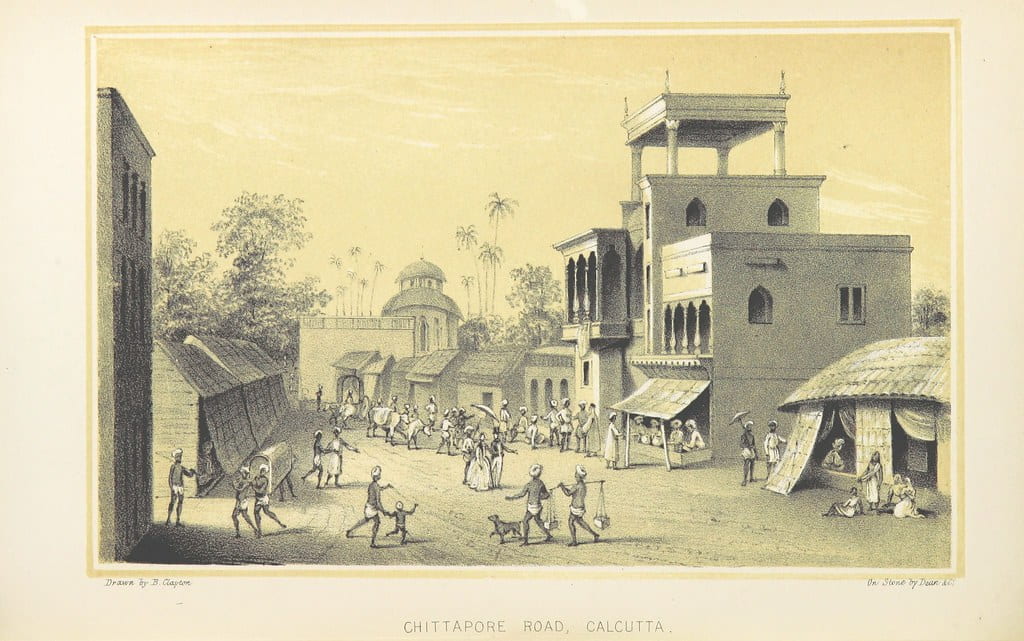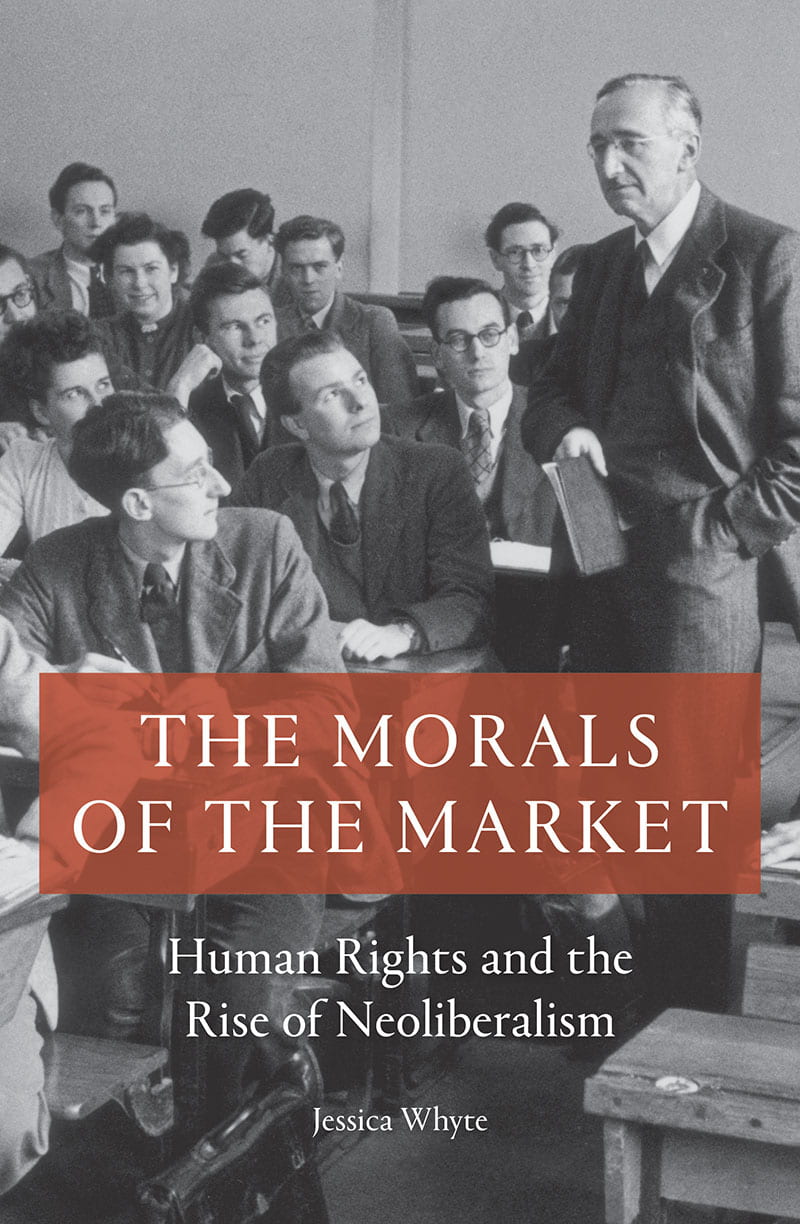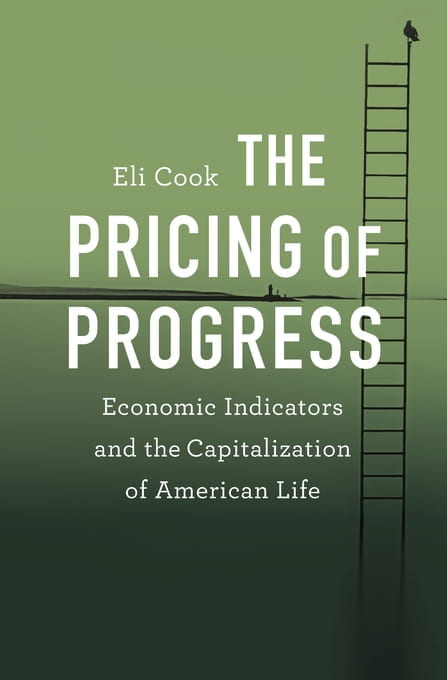Tag Political Economy
Inspired by a panel at the 2025 American Historical Association annual conference, this JHI Blog Forum will collect and publish short reflections on the relationship between new work in intellectual history and political economy, broadly conceived, concerning Europe and beyond…. Continue Reading →
by Benjamin Gaillard-Garrido
by co-host Disha Karnad Jani
Our editor Disha Karnad Jani interviews Prof. Eli Cook, winner of the Journal of the History of Ideas‘s Morris D. Forkosch Prize for The Pricing of Progress: Economic Indicators and the Capitalization of American Life (Harvard University Press, 2017). [soundcloud url=”https://api.soundcloud.com/tracks/599398815″ params=”color=#88642c&auto_play=true&hide_related=false&show_comments=true&show_user=true&show_reposts=false&show_teaser=true” width=”100%”… Continue Reading →
By guest contributor Blake Smith Capitalism is often understood by both critics and defenders as an economic system that gives self-interested individuals free reign to acquire, consume, and compete. There are debates about the extent to which self-interest can be… Continue Reading →
by guest contributor Laetitia Citroen 2016 has been a particularly prolific year for the French-speaking African intellectual community, with symbolical landmarks like the appointment of a Congolese award-winning novelist, Alain Mabanckou, as guest-lecturer at the prestigious Collège de France in… Continue Reading →







